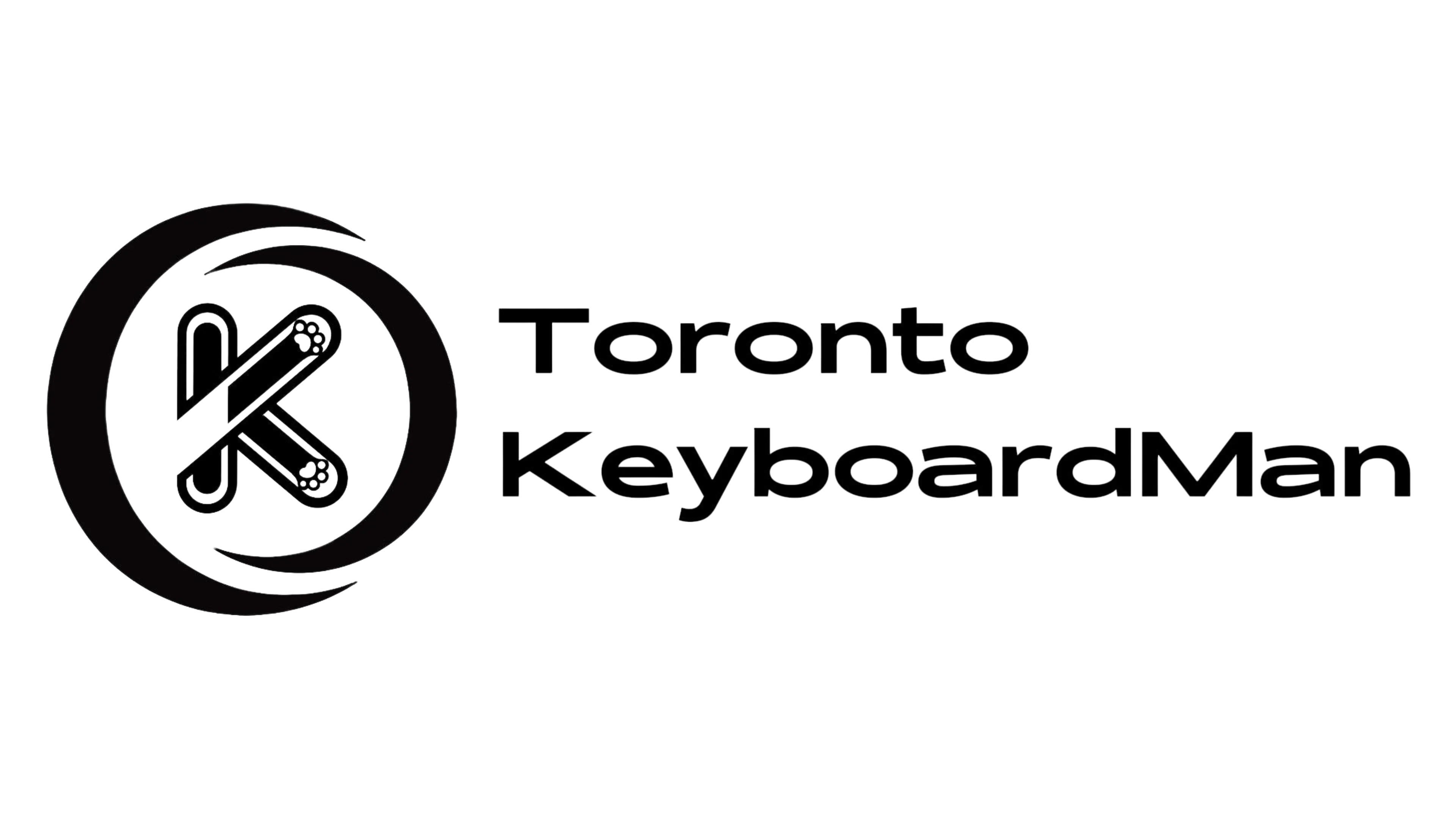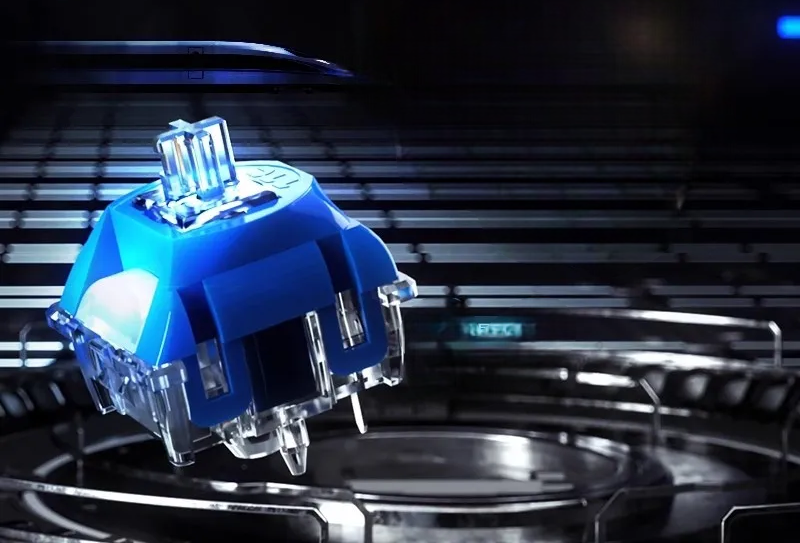Introduction
Hey everyone! Welcome to the inaugural edition of TKM’s blog, tentatively titled TMMV, where we discuss anything and everything related to mechanical keyboards. We at TKM are passionate about this wonderful hobby, but also about helping you on your journey to the notoriously elusive “endgame” keyboard. Whether you are a beginner, hobbyist, or enthusiast, we hope that there is something useful for you in here. All opinions are our own, and please keep in mind that in this highly subjective hobby, your mileage may vary. :)
Background
In this week’s blog, we will be discussing one of my personal favorite switches right now, the TTC Neptune. As a veteran in the mechanical switch industry, TTC was not always in the spotlight. However, with its recent innovations and consistent offerings, TTC has quickly gained popularity in the mechanical keyboard community as of late. The quality that lead to their rise to fame is evident in the TTC Neptune.
Specifications
| Switch type | Linear |
|---|---|
| Operating Force | 41 gf |
| Bottom-out Force | 50 gf |
| Pre-Travel | 2.0 mm |
| Total Travel | 3.8 mm |
Notes
- Translucent bottom housing (slightly better for RGB)
- Novel top housing (more on this later)
- Extended spring for more responsiveness
- 5-pin
Visuals
The design language of the Neptune is unquestionably unique among the vast array of switch options available nowadays. The blue top housing features rounded edges that complements the translucent translucent stem, allowing you to see the cylindrical pole. It is reminiscent of the bullet trains found in Asia, from which the switch was inspired by.
Feel
The TTC Neptune’s innovations can also be found on the inside of the switch. The stems of normal MX-style switches glide along the walls of the bottom housing, leaving a small gap towards the top of the switch. The TTC Neptune’s stem glides down the walls of the top housing that reaches all the way to the bottom of the switch, where it meets the bottom housing, and leaves no such gaps. This supposedly results in a smoother typing feel. Here is a terribly drawn MS paint picture to demonstrate:

Opinion: Personally, I did find the switches to be incredibly smooth right out of the box, requiring no modifications at all. The stem wobble is virtually non-existent as well, cutting out the requirement of filming the switch. The extended spring is pleasantly responsive and the bottom out isn’t harsh. The slightly shorter travel distance isn’t as noticeable as it would be on long-pole switches to me. Overall, the switch feels phenomenal out of the box.
Sound
The sound signature of the Neptune is muted and low-pitched, which is uncharacteristic of switches with lighter springs. This could be a great option if you prefer lighter springs but still want a deep, thocky sound. Below is a sound test of hitting a single key with the TTC Neptune switch at various strengths on a Keychron V2 with Keychron KSA keycaps.
Thoughts
Overall, I think the TTC Neptune is a fantastic choice for someone who has already tried a few switches and understand their preferences. I say this as it is on the pricier end of switches. However, if you have the budget to choose this as a first switch, you should by all means go for it. It has all of the characteristics of popular beginner switches, such as a thocky sound profile, pleasant typing feel, and smooth experience out of the box.
TLDR; is this switch for me?
- $0.76/switch at TKM
- Linear
- Extremely great stock
- Slightly shorter travel distance (3.8 mm vs standard 4.0 mm), but not long pole (<3.7 mm)
- Smooth, no stem wobble
- Slightly quiet, deep thocky sound
- Not harsh bottom-out
- Medium 41 gf weight (can go heavier with the Venus, which is the same switch but different spring weight)
Thanks for reading! If you liked what you saw and wanted to check out more blogs, products, or even have a chat with us, visit us at TKM here.





Share:
Rhythm 80 Review - A $100 Virtuoso